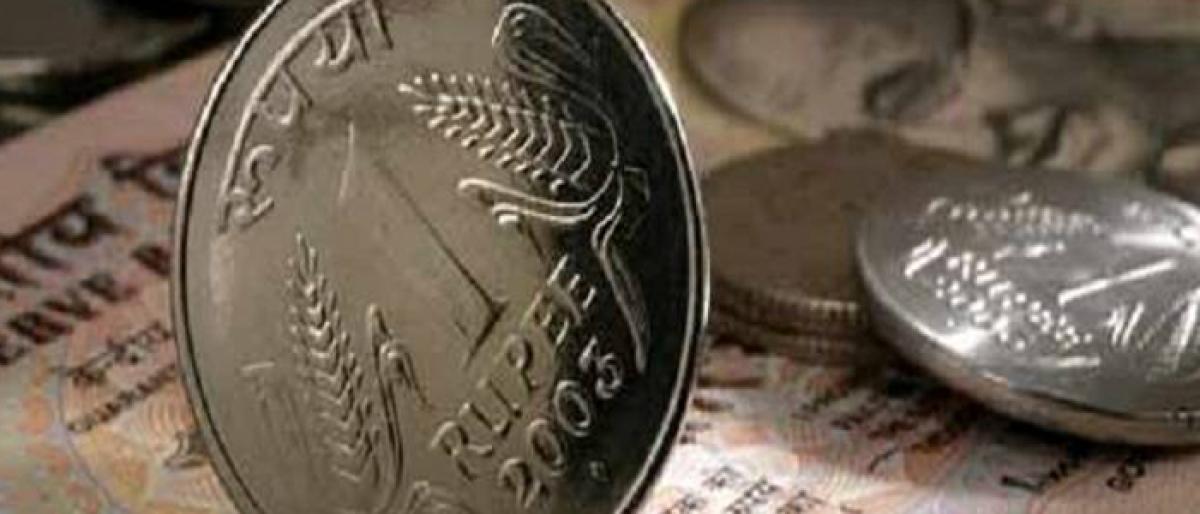No end in sight to rupee’s tailspin

Finally, rupee breached Rs 72 against US dollar and settled well below that mark now Its nothing new for the Indian currency to go weak At the time of Indias Independence in 1947, rupee was on an equalfooting with the greenback
Finally, rupee breached Rs 72 against US dollar and settled well below that mark now. It's nothing new for the Indian currency to go weak. At the time of India's Independence in 1947, rupee was on an equal-footing with the greenback.
That means one rupee was equal to one US dollar then. Over the years, rupee lost weight while India gained on economic front. On Monday, rupee closed at 72.45 against dollar. That shows that rupee depreciated by a whopping 7,245 per cent in last 71 years. It may be a coincidence that rupee crossed 72 within a month after we celebrated our 72nd Independence Day.
That doesn't mean that rupee will wait till the country's 100th Independence Day to hit a ton (Rs 100 against USD). Rupee's deceleration is so fast that it will reach the three-digit mark in next few years. In 2018 alone, it went down by 14 per cent so far, thus earning the dubious distinction of being worst performing currency in Asia this year. And there is no end in sight.
The continuous fall in Indian currency can be attributed to mercurial US President Donald Trump's 'America First' policies that helped the world's biggest economy to gain much-needed steam for growth. As consequence, dollar appreciated against most of the currencies belonging to Emerging Markets. Therefore, it's no surprise that foreign funds are flowing out of India, putting pressure on the currency.
Rupee depreciation has come as double-whammy for India at a time when crude oil prices are on their way up. With India heavily dependent on crude oil imports, the oil import bill is shooting up. Recent official data showed that trade deficit zoomed to a five-year high of $18 billion in July. This obviously rattled currency markets, resulting in rapid decline of rupee in recent days. Cheaper rupee is good for some sectors like IT and pharmaceuticals whose revenues are linked to exports. Some argue that rupee depreciation will lead to spike in exports. But that's a flawed argument.
Barring pharma and IT, no other sector will significantly benefit from malnourished rupee. On the other hand, the country stands to lose a lot. In addition to footing a larger oil bill, the government will also see its debt-pile growing whenever rupee loses its steam. Corporate sector will also be at the receiving end. Global rating agency Moody's said that rupee fall would be 'credit-negative' for Indian companies, especially for those that generate revenue in rupees but rely on dollar debt to fund operations.
RBI, the country's apex bank, has been resorting to periodic interventions to stabilise the currency. There are reports Centre is mulling over a special deposit scheme to attract deposits from NRI to stem the rupee fall. It did so and raised $34 billion in 2013 when rupee was in tailspin. This can't be ruled out now if rupee shows further weakness. But these are knee-jerk reactions. India should find ways to decrease imports while at the same time increasing exports. That's the only way to save the country from frequent bouts of rupee hiccups!


















